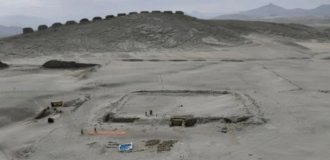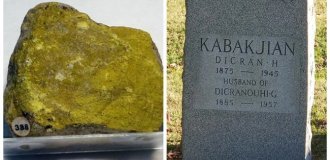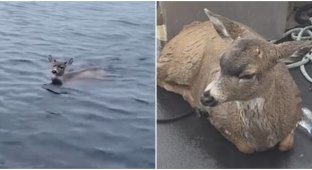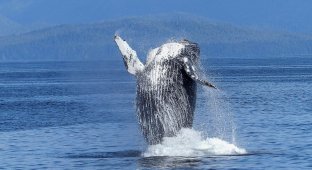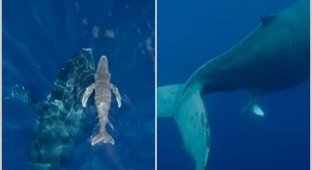Ecological nightmare. The rivers of Alaska have turned into vats of acid and this can be seen from space (3 photos)
Researchers have discovered that local rivers are turning orange and acidic, like vinegar, due to the toxic metal. 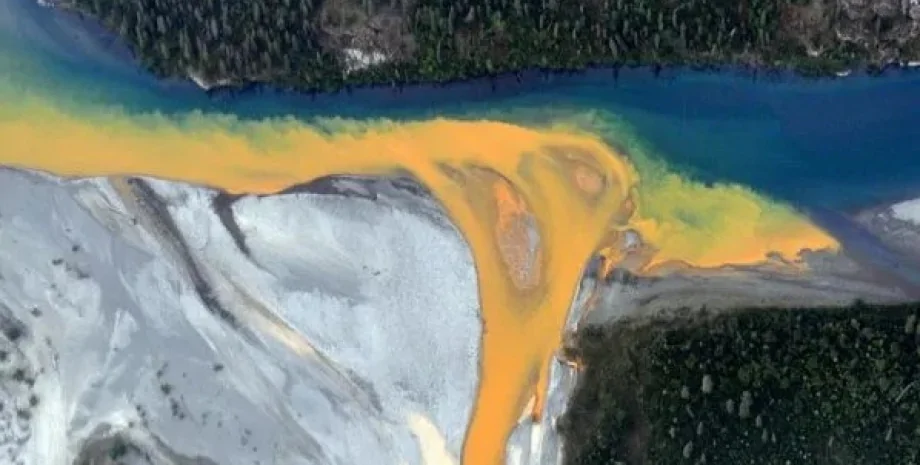
With a climate crisis looming over the planet, Alaska's melting permafrost is releasing toxic metals into the state's rivers. As a result, they turn bright orange and the water literally turns into vinegar, becoming too acidic. Scientists fear that the situation may only get worse in the future.
In a new study, a team from the University of California, Davis found that dozens of Alaskan rivers have turned bright orange in recent years. The study's findings suggest that the cause is melting permafrost, which has released large amounts of toxic metals into waterways. 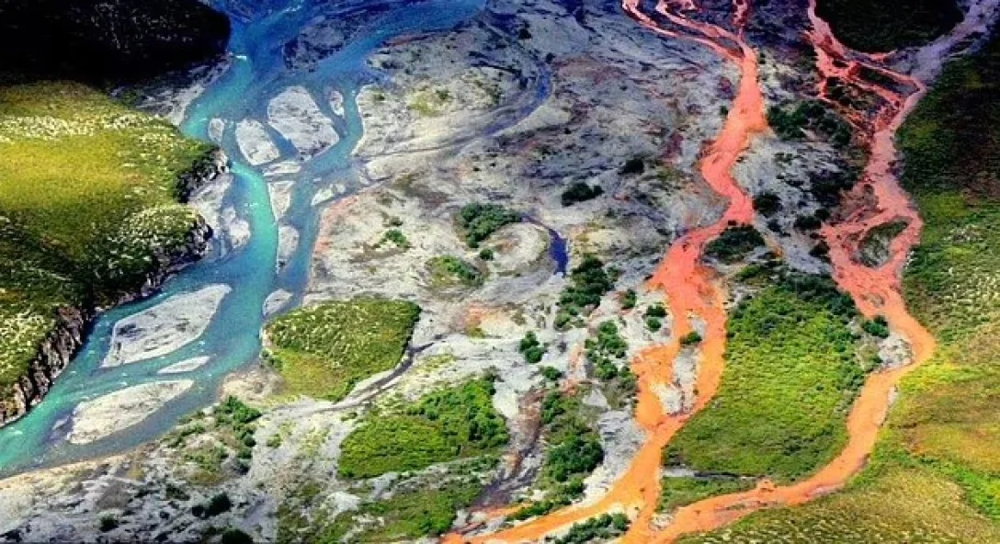
Unfortunately, the situation is so serious that the pollution of Alaskan rivers can literally be seen from space. The release of huge amounts of toxic metals has led to bright rivers being visible in satellite images, and the situation could turn into an "ecological nightmare". Scientists also believe that the situation is likely to get worse in the coming years.
In total, scientists have identified at least 75 orange rivers and streams in Alaska's Brooks Mountain Creek. The study authors note that most of the poisoned waterways were initially discovered by the team during a helicopter survey of the area. According to the study's lead author, John O'Donnell, an ecologist with the National Park Service's Arctic Inventory and Monitoring Network, the more he and his colleagues flew, the more they realized the scale of the problem.
Scientists also conducted chemical analyzes of the water and found high levels of metals such as:
zinc;
copper;
cadmium;
iron.
It is assumed that these metals are responsible for the color of the water. Another factor was that the contaminated waters were unusually acidic—some shallow streams had a pH level as high as 2.3, about the same as lemon juice or vinegar. 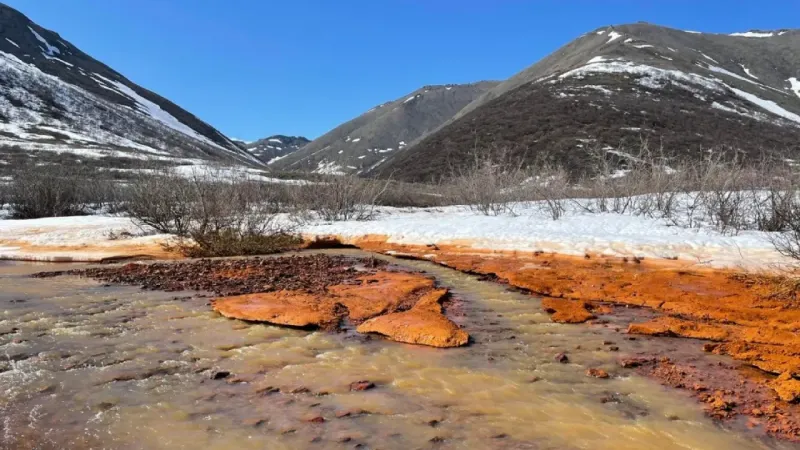
The team suggests that the high-altitude acidity of the water and the bright orange color of the streams are likely caused by the melting of permafrost, a permanently frozen layer of the planet's surface that covers large areas of the Arctic. Unfortunately, due to the global warming of the planet, this layer is thawing, and the minerals previously contained in it are exposed to rain for the first time in thousands of years. As a result, metals dissolve from rocks into surrounding streams that feed larger rivers.
The danger is that the rivers are not only visually transformed, but their mineral concentrations are also changing, and as a result, the water in the streams can become toxic to most organisms. Scientists believe that spawning fish are in particular danger.
The team plans to conduct additional tests this year to try to determine the true extent of the problem. However, scientists agree that the continued warming of the planet and increased thawing of permafrost in the future could lead to catastrophic consequences.





